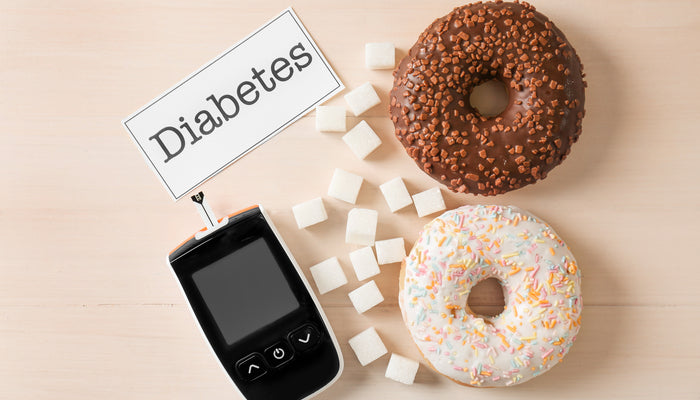Monitoring blood sugar levels is a critical aspect of managing and understanding one's health, especially for individuals with diabetes. A reading from a glucose meter can be a snapshot of one's metabolic health at that moment. When the reading flashes "183 blood sugar," it might raise eyebrows and concerns. But what does this number truly represent, and how should one interpret it? Let's delve into the implications and significance of this blood sugar level.
Understanding Blood Sugar Readings
Blood sugar, or glucose, readings are crucial indicators of an individual's metabolic function. They essentially measure the concentration of glucose circulating in the bloodstream. After we eat, our digestive system breaks down food, converting carbohydrates into glucose, which then enters our bloodstream. This glucose serves as the primary fuel source for our body, powering everything from basic cellular functions to high-energy activities.
Insulin, a hormone produced by the pancreas, plays a pivotal role in this process. Its primary function is to facilitate the transportation of glucose from the bloodstream into cells, where it's used or stored. However, when this delicate balance between glucose and insulin gets disrupted, it can lead to variations in blood sugar levels.
Interpreting blood sugar readings requires understanding the various thresholds. These levels can differ based on factors such as the time of the last meal, physical activity, and individual health conditions. While specific numbers might vary, they broadly indicate whether glucose levels are within a normal range, slightly elevated, or critically high. Familiarizing oneself with these parameters and understanding the context behind a specific "183 blood sugar" reading is foundational to proactive health management.
Is 183 Within The Normal Range?
Blood sugar levels are typically categorized based on the time elapsed since the last meal. For a fasting glucose test, which means no caloric intake for at least 8 hours, a reading below 100 mg/dL is considered within the normal range. Levels between 100 to 125 mg/dL are categorized as prediabetic, indicating a higher risk of developing diabetes but not quite diagnosable as the condition itself.
A 183 blood sugar reading post-fasting is undeniably elevated, situating itself firmly in the diabetes range, which is defined by readings of 126 mg/dL or higher on two separate occasions. This elevated reading is a clear indication of the body's inability to efficiently manage and regulate glucose levels in the bloodstream. The body either doesn't produce enough insulin or is unable to use it effectively, causing a buildup of glucose in the bloodstream.
When considering non-fasting readings, the acceptable thresholds can be higher. However, consistently obtaining readings like 183, especially in a fasting state, can be a sign of uncontrolled diabetes, necessitating immediate medical attention and intervention.
Potential Causes of Elevated Blood Sugar
Several factors could result in elevated blood sugar levels. Apart from the obvious consumption of sugar-rich foods, stress, certain medications, and other medical conditions can impact glucose levels. Physical inactivity, an underlying infection, or even a previous meal that had higher carbohydrates than usual can also lead to such a spike.
Risks Associated With High Blood Sugar Levels
Consistent high blood sugar levels, like a 183 blood sugar reading, can have detrimental health effects over time. High blood sugar can damage blood vessels, leading to heart diseases or strokes. It can also affect the kidneys, eyes, and nerves, leading to a range of complications from kidney disease to vision problems and neuropathy.
Immediate Steps to Take
If you're consistently getting a reading around 183 blood sugar post-fasting, it's essential to consult with a healthcare professional. They can provide guidance on potential lifestyle changes, medications, or further tests. Meanwhile, drinking water can help in the short term, as it assists the kidneys in flushing out the excess sugar through urine.
The Role of Monitoring & Management
For those who have diabetes or are at risk, regular monitoring using glucose meters is crucial. It offers real-time feedback on how various factors, from diet to stress and medications, influence blood sugar. Alongside monitoring, management strategies such as balanced meals, regular exercise, and stress-reducing activities can play a significant role in maintaining healthier blood sugar levels.
A 183 blood sugar reading might be alarming for many, especially if it's consistent. However, with the right understanding, awareness, and proactive management strategies, individuals can navigate the challenges posed by elevated blood sugar. Regular monitoring, especially for those keen on understanding their health nuances using glucose meters, becomes an invaluable tool in this journey. It not only provides clarity on one's current state but also empowers individuals to take timely and informed actions towards better health.

